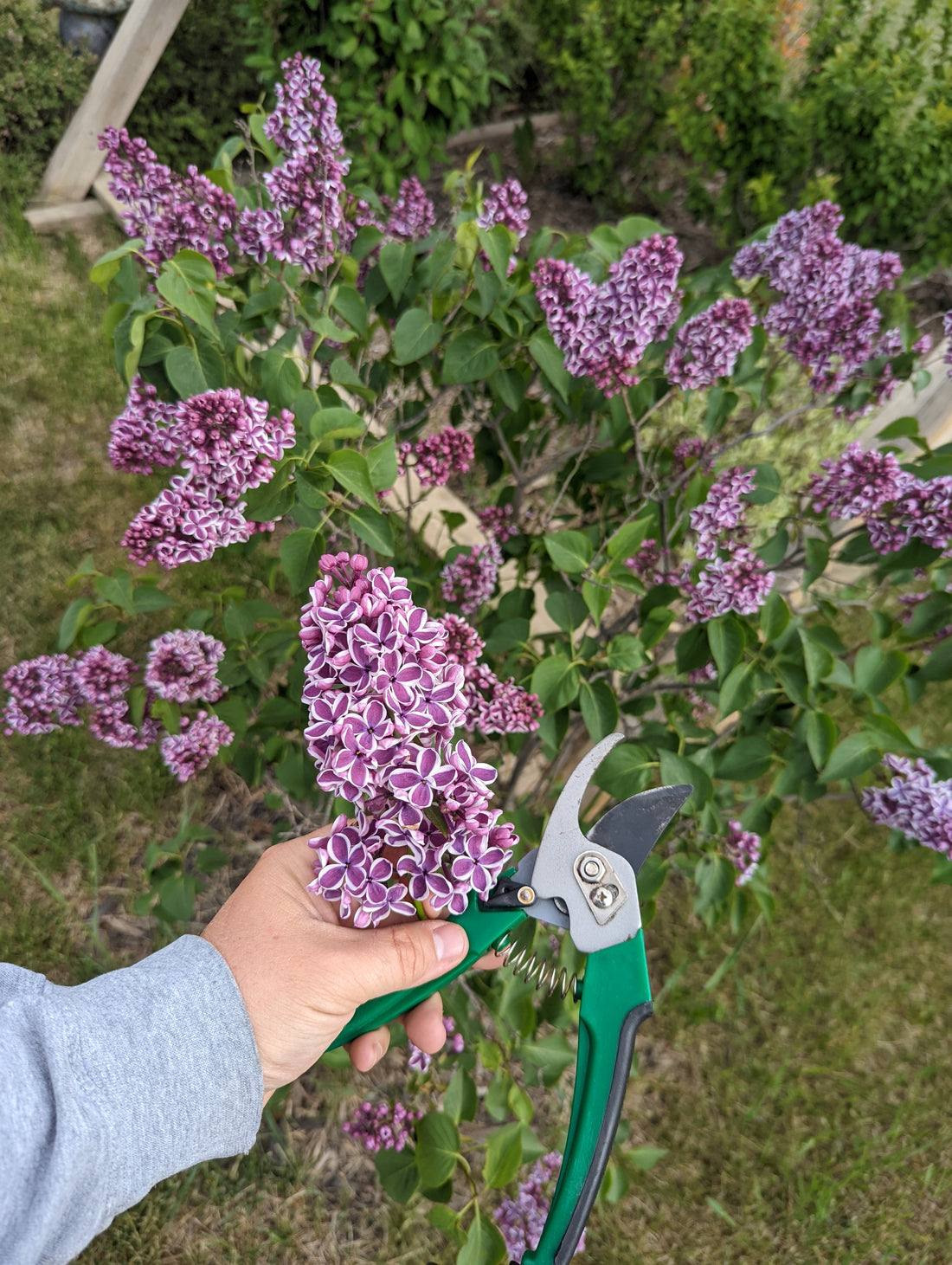Lilacs are a beautiful addition to any garden, known for their fragrant flowers that bloom in shades of pink, purple, and white. However, proper pruning is essential for maintaining the health and beauty of your lilacs. In zone 3b, the best time to prune your lilacs is immediately after their blooming period, which is typically in early to mid-summer, around June or July.
Pruning at this time allows you to remove spent flowers and encourage new growth for the following year. It's important to note that you should prune in a way that maintains the natural shape of the bush. This means removing old, woody stems and thinning out the center of the bush to increase air circulation and sunlight penetration.
It's also important to avoid over-pruning, which can affect the blooming of the plant the next year. Prune only the dead, diseased or damaged branches, as this will help to keep the plant healthy and promote better blooming.
If you have an old lilac hedge that has become overgrown, you can perform rejuvenative pruning. This is a more aggressive form of pruning that involves cutting back the entire hedge to within a few inches of the ground. This will encourage new growth and rejuvenate the hedge. It's best to do this in the late winter or early spring before new growth begins, and it's important to note that it will take a couple of years for the hedge to regain its full shape and size.

In summary, proper pruning is essential for maintaining the health and beauty of your lilacs in zone 3b. Prune immediately after blooming, in a way that maintains the natural shape of the bush, and avoid over-pruning. For an old overgrown hedge, rejuvenative pruning can be done in late winter or early spring to encourage new growth. With proper care, your lilacs will thrive and provide years of beauty in your garden.
It's worth noting that, also, it's important to use clean, sharp pruning tools, to avoid spreading any diseases, and disinfect them before and after use.
